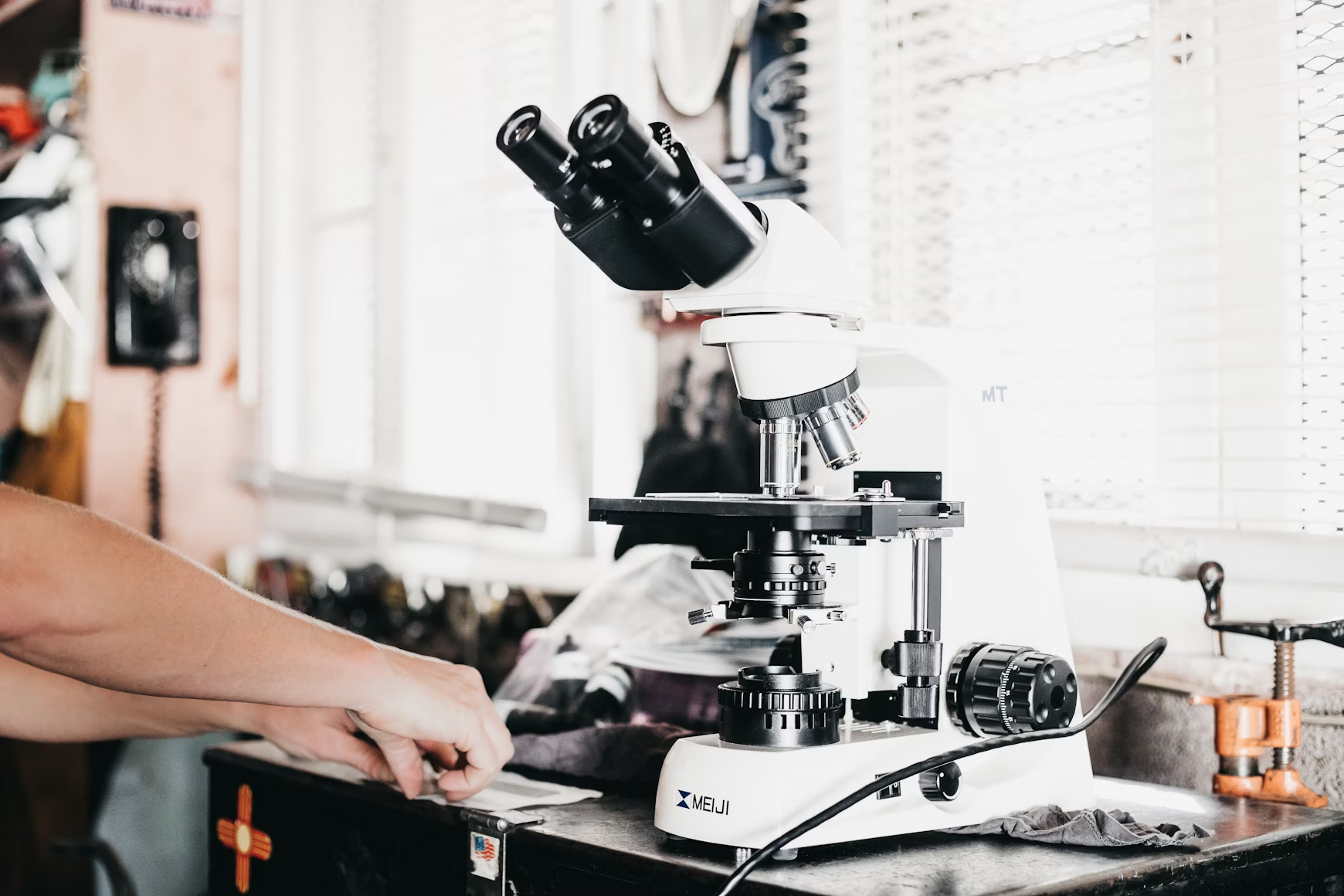
In the world of combat sports, weight classes play a crucial role in ensuring fair competition and athlete safety. This is especially true for women’s divisions, where the variety of weight classes allows competitors to match up against others of similar body mass. The Professional Fighting Championship (PFC) is one of the organizations that structure its divisions by weight to create balanced and exciting bouts. This article provides a detailed look at the PFC weight classes for women, explaining their significance and how they impact fighters and the sport.
The Importance of Weight Classes
Weight classes are fundamental to combat sports, including mixed martial arts (MAM), boxing, and wrestling. They ensure that athletes compete against opponents of similar size and weight, which helps to prevent mismatches and reduce the risk of injury. For women, these weight classes also reflect the diverse range of body types and physiques, allowing competitors to find their most effective and safe fighting weight.
PFC Weight Classes for Women
The PFC, like many other combat sports organizations, has established a series of weight classes for women. These divisions allow for a structured approach to competition and help in maintaining a balanced and fair playing field. While weight classes can vary slightly between different organizations, the following are the standard PFC weight classes for women:
- Straw weight (115 lbs / 52.2 kg)
- The straw weight division is one of the lighter classes and includes athletes who weigh up to 115 pounds. This category is popular among athletes who have a lean physique and focus on speed and agility. Fighters in this division often utilize technical striking and dynamic grappling skills to gain an edge in the octagon.
- Flyweight (125 lbs / 56.7 kg)
- Moving up from straw weight, the flyweight division accommodates fighters who weigh up to 125 pounds. This weight class is known for its blend of speed and power. Flyweights often showcase a high level of athleticism and endurance, making for fast-paced and exciting matches.
- Bantamweight (135 lbs / 61.2 kg)
- The bantamweight division includes fighters who weigh up to 135 pounds. This class is a step up in terms of power and physicality compared to the lighter divisions. Bantamweight competitors often combine strength with technique, making this a highly competitive division with a mix of knockout power and technical prowess.
- Featherweight (145 lbs / 65.8 kg)
- The featherweight division covers fighters who weigh up to 145 pounds. Athletes in this class typically have a robust physical presence and exhibit a balance of strength and agility. The featherweight division is known for its dynamic match ups, where fighters often employ a mix of striking and grappling to outmaneuver their opponents.
- Lightweight (155 lbs / 70.3 kg)
- In the lightweight division, competitors weigh up to 155 pounds. This weight class includes some of the most versatile fighters, who can harness significant power while maintaining impressive speed. Lightweights often excel in both striking and grappling, providing fans with a thrilling blend of techniques.
- Welterweight (170 lbs / 77.1 kg)
- The welterweight division encompasses fighters who weigh up to 170 pounds. This class sees athletes with a more substantial physical build, often leveraging their strength and endurance to overpower opponents. The welterweight division is known for its hard-hitting and strategic battles.
- Middleweight (185 lbs / 83.9 kg)
- In the middleweight division, competitors weigh up to 185 pounds. Fighters in this class are typically strong and durable, combining power with tactical skills. The middleweight division often features athletes who are capable of absorbing and delivering significant damage, making for intense and competitive fights.
- Light Heavyweight (205 lbs / 93 kg)
- The light heavyweight division includes fighters who weigh up to 205 pounds. This class is notable for its blend of strength and technique, with athletes who possess the power to make an impact while maintaining agility. Light heavyweight bouts are often characterized by powerful strikes and aggressive grappling.
- Heavyweight (265 lbs / 120.2 kg)
- The heavyweight division is for athletes who weigh up to 265 pounds. This division showcases some of the most physically imposing competitors, known for their knockout power and raw strength. Heavyweight fights are typically high-impact and dramatic, with fighters using their size and power to dominate in the octagon.
The Impact of Weight Classes
Weight classes are more than just categories; they significantly impact a fighter’s strategy, training, and overall career. Choosing the right weight class can influence a fighter’s effectiveness and longevity in the sport. Fighters often work closely with coaches and nutritionists to ensure they are in peak physical condition for their chosen weight class.
Conclusion
PFC weight classes for women provide a structured and equitable way to match competitors in combat sports. By categorizing athletes based on weight, the PFC ensures that fights are fair and that athletes can compete against others with similar physical attributes. Whether you’re a fighter, a fan, or someone interested in the sport, understanding these weight classes helps appreciate the strategy and skill involved in each match. As the sport continues to evolve, these weight classes will remain a cornerstone of fair and exciting competition in the world of professional fighting.






